Listed below are some commonly asked questions and answers regarding the Ultra Clean Technologies Cleaning System. The most important factor when using the system is to exercise common sense at all times. If there is any chance a projectile may become lost in the system, do not attempt to fire one into the HTP (hose, tube or pipe).
1. How do you remove a wedged projectile that is obviously too large for the line?
Pour some water or spray a little WD40 down the HTP and operate the pneumatic launcher, without a projectile, from the other end and blow the projectile out. The water or WD40 will loosen the wedged projectile and allow it to continue its course. Make sure that the fluid you are using to lubricate and soften the projectile is compatible with the HTP application.
2. How do you remove a projectile that is stuck due to a restriction?
Place the launcher at the other end of the HTP and, without a projectile, fire the unit. This should remove the wedged projectile. Providing the restriction is not too great, fire a smaller projectile through to complete the cleaning process. If the restriction is too large, dismantling will need to occur.
3. What happens when access to the HTP is limited to one end (i.e., area is too small for the unit)?
Make sure the HTP is consistent in diameter for the full length. Fire the launcher without a projectile to make sure it is not blocked and there is good airflow. Fire a smaller than recommended projectile. If comfortable, use the recommended size. If after this process the projectile becomes lodged, fire the unit from the other end by using a flexible hose, tube or adapter. Continue to clean with a smaller projectile.
4. What happens if the projectile will not expel from the nozzle?
If the projectile does not expel from the nozzle, remove the nozzle with the projectile, turn and place the outlet of the nozzle onto the air hole on the launcher and depress the trigger. Make sure it is pointed in a safe direction prior to firing. Then select a smaller projectile or correct nozzle.
5. Why would a projectile break up?
If a projectile emerges from the HTP and is broken up, it is an indication that the internal wall of the HTP is damaged. Dip the projectile in water and then fire through. If the projectile still appears shredded, it confirms this fact. The water adds a friction modifier as in some cases the HTP can become extremely dry, which in turn tends to shred the projectile. There could also be a sharp object such as a burr inside the pipe or tube. Hydraulic hose may have a broken wire protruding through the hose wall.
8. How do you clean a clogged HTP?
There isn't a fast method for clearing a clogged HTP prior to cleaning with the system. Blow some air through to see if you have a passage. Once this has been established, send though a smaller than recommended projectile and upon its exit gradually increase the projectile size. If at the outset the contamination build-up is too great to obtain a passage through with air, a chemical may be introduced to soften the contamination. Once this has been established, continue in the normal way with the system.
11. How far will the projectile travel in the HTP?
In past demonstrations, the projectile will travel thousands of feet depending on the ID of HTP and the pressure and volume of your gas source. As long as there is sufficient volume of air behind the projectile, it will keep traveling through the HTP.
14. Will the projectile go through valves?
Yes, however, this will only occur with full port ball and gate valves and similar designs. The projectile will not go through a non-return valve or butterfly valve or one of similar design.
15. Will the projectile go through a tee?
Yes. There are some important rules when dealing with a tee section. The projectile must be fired into the cross section while at the same time blocking one end of the cross section. Next either reverse the blocked end on the cross section or open both ends of the cross section and block the tube going into the cross section.
22. Will the system clean a tube that has been flattened by about 40% to 60% along the duration of the tube?
Yes providing the restriction is not too great. This will depend on the size of the tube and the projectile. The smaller the tube, the less tolerance there will be. Also the constriction cannot occur at the beginning of the tube where the projectile is entering. The projectile must already be in the tube to cope with this condition. A coupling projectile would be our recommendation depending on the type of internal contamination.
26. What happens when the nozzle doesn't fit the particular application?
If the HTP does not accommodate a standard nozzle, try the next sized smaller nozzle. Insert the recommended projectile to suit the HTP, but before firing into the HTP, fire it through the nozzle only to ensure it comes out of the nozzle. (Make sure the pneumatic launcher is pointed in a safe direction).
34. What if the launcher does not fire?
Check that the faceplate is secured properly and safety bar/release mechanism is locked in position. Check for restrictions in the air hose and the gas is turned on.
35. Why is gas pressure so important when operating the system?
If gas pressure is too low, the correct sized projectile will possibly become lodged in the HTP. As smaller projectile will need to be used resulting in greater use of projectiles than is necessary.
The distance the projectile will travel is reduced and the time taken for the projectile to clean will be increased. Any restrictions in the HTP will probably cause the projectile to jam when normally it would overcome these easily. Overall, it reduces the effectiveness of the system.
If the gas pressure is too high, the valve and trigger in the launcher may not operate properly, e.g., difficult to depress trigger and release gas, or the trigger does not close and therefore gas is difficult to turn off. If the trigger does not close, follow one of the following procedures:
- Disconnect quick release coupling from the launcher.
- Tap the launcher lightly against nearest firm object.
- Turn off gas supply source at most convenient point.
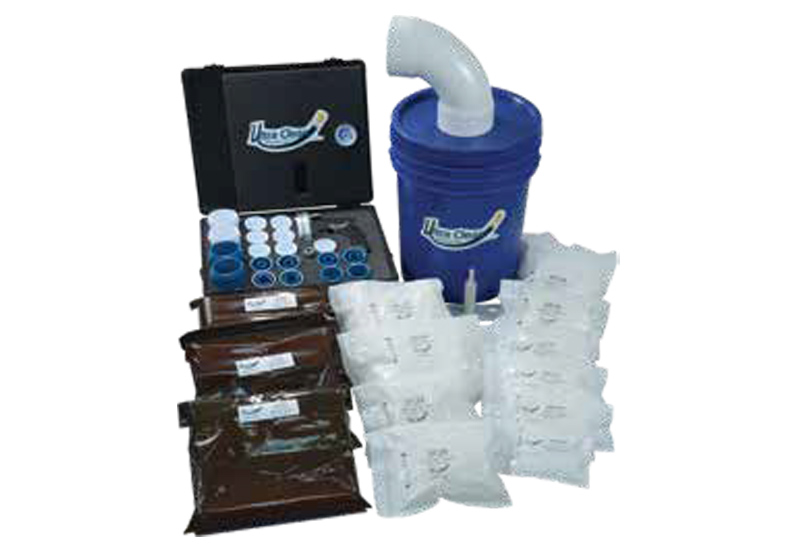 Kits
Starter kits for every business model from the occasional user to production type environments.
Kits
Starter kits for every business model from the occasional user to production type environments.
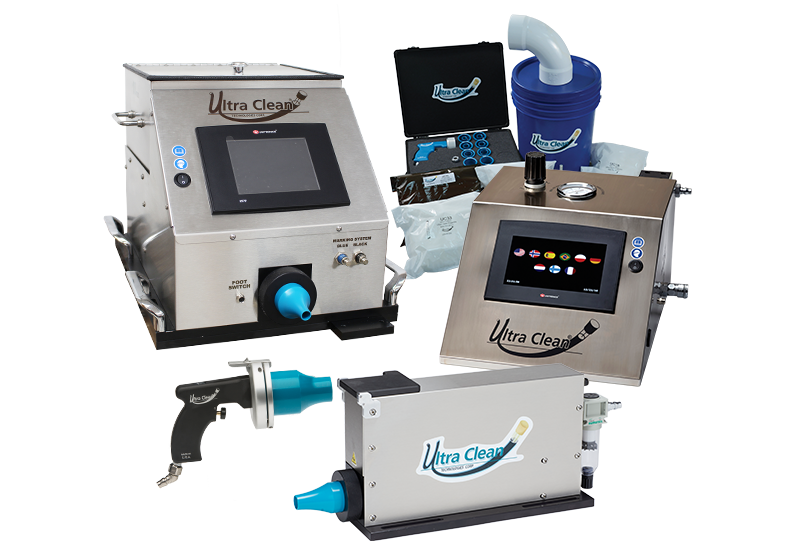 Projectile Launchers
Cleaning hose, tube or pipe has never been easier! Cleaning just takes seconds to perform and ISO 13/10 levels are achievable!
Projectile Launchers
Cleaning hose, tube or pipe has never been easier! Cleaning just takes seconds to perform and ISO 13/10 levels are achievable!
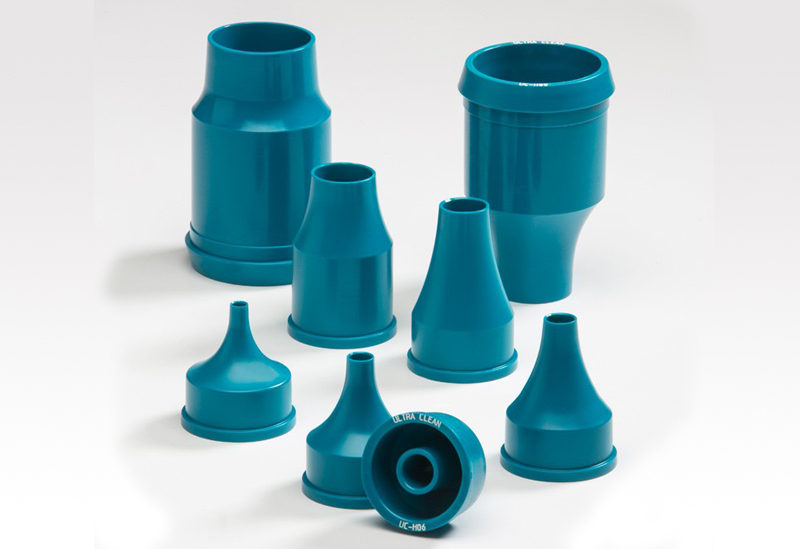 Nozzles/Adapter Rings
Nozzles and adapter rings for use on all basic hose, tube, and pipe applications and assemblies.
Nozzles/Adapter Rings
Nozzles and adapter rings for use on all basic hose, tube, and pipe applications and assemblies.
 Projectiles
Foam projectiles for cleaning basic applications, extreme surface rust or scale build-up.
Projectiles
Foam projectiles for cleaning basic applications, extreme surface rust or scale build-up.
 Accessories
Make your cleaning system easier to use with convenient accessories.
Accessories
Make your cleaning system easier to use with convenient accessories.
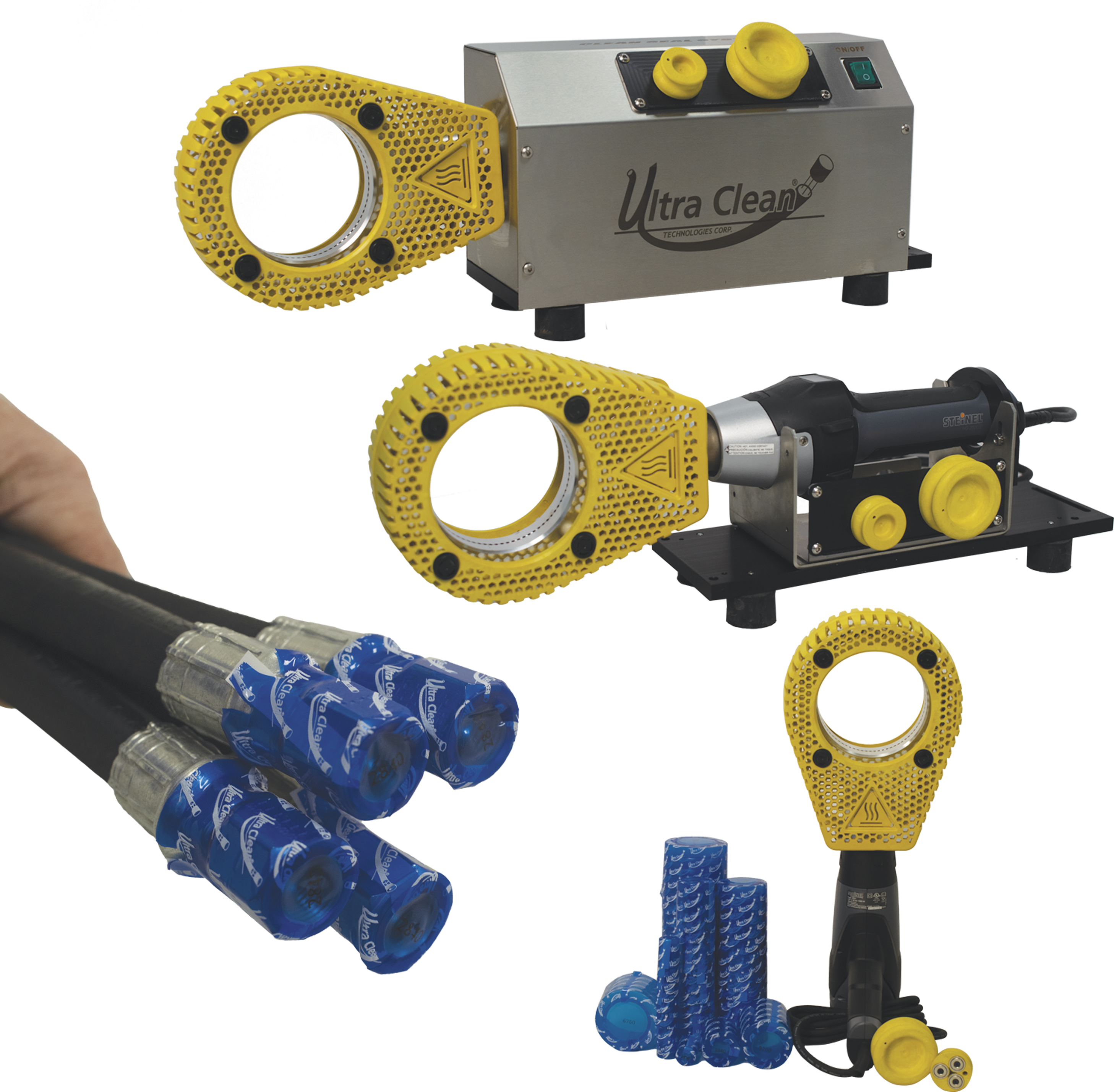 Clean Seal System
Bench-top production heat-shrink machine for sealing capsules onto assemblies
Clean Seal System
Bench-top production heat-shrink machine for sealing capsules onto assemblies
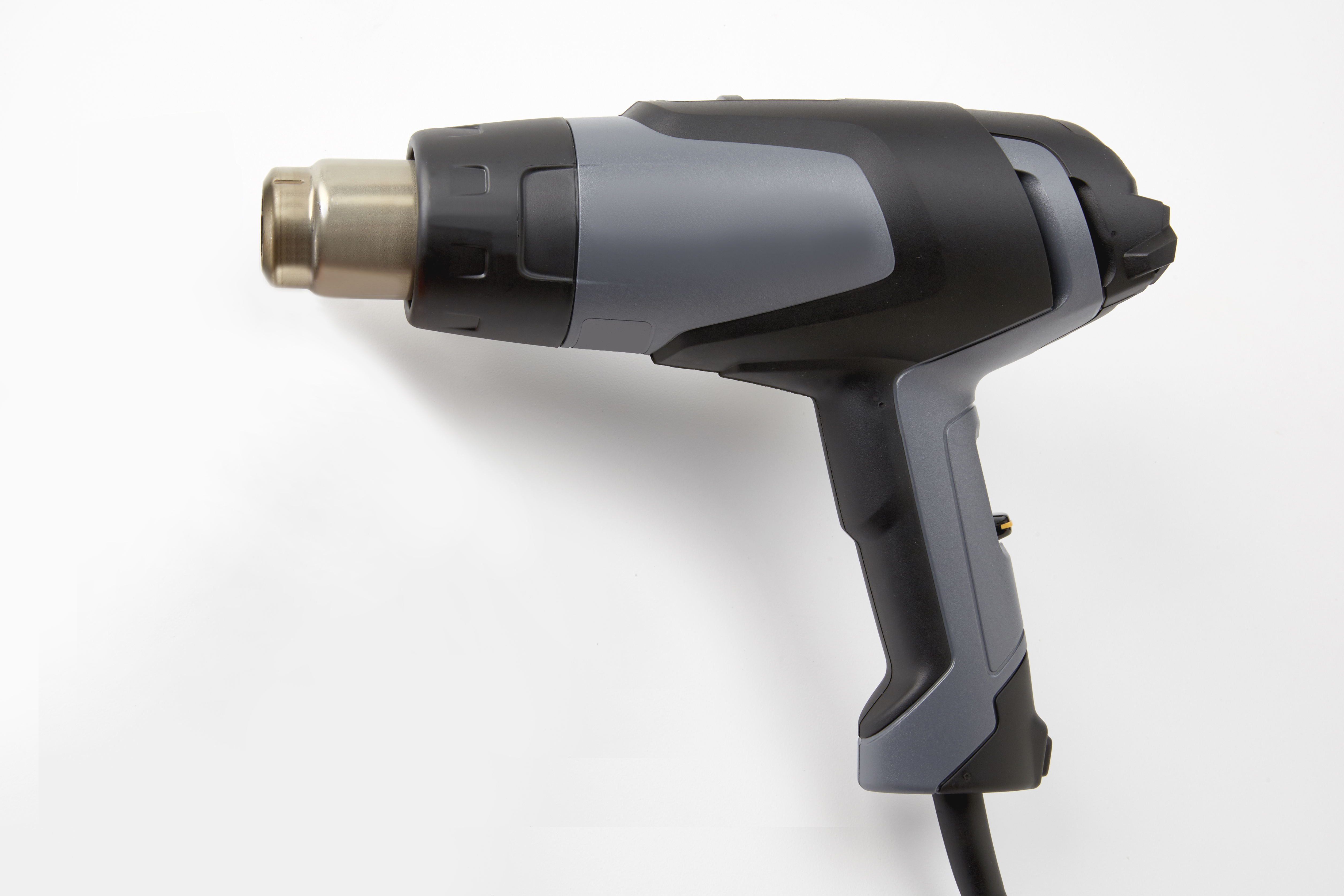 Heat Shrink Guns
Industrial heat gun for sealing capsules onto assemblies.
Heat Shrink Guns
Industrial heat gun for sealing capsules onto assemblies.
 Accessories
360° heat diffuser and flexible stand for heat guns.
Accessories
360° heat diffuser and flexible stand for heat guns.
Clean Seal Capsules
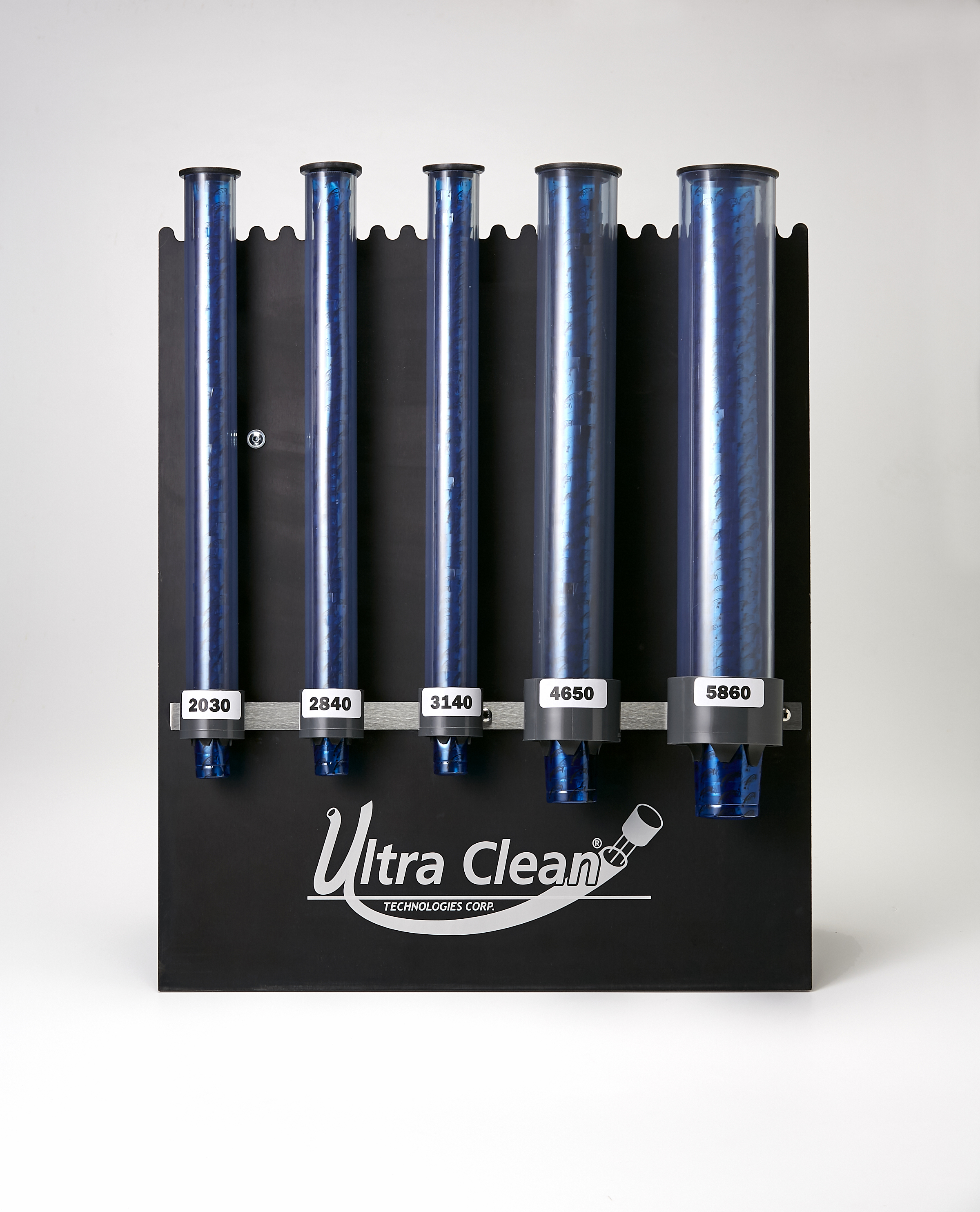 Capsule Dispenser Stand
Capsule Dispenser Stand
 D-Series Breathers
Stationary Applications
D-Series Breathers
Stationary Applications
 R-Series Breathers
High Vibration Applications; Railroad Maintenance of Way Equipment.
R-Series Breathers
High Vibration Applications; Railroad Maintenance of Way Equipment.
 Z-Series Breathers
Limited Space Applications
Z-Series Breathers
Limited Space Applications
 X-Series Breathers
High Humidity/Dust Applications
X-Series Breathers
High Humidity/Dust Applications
 M-Series Breathers
Heavy Duty Applications
M-Series Breathers
Heavy Duty Applications










